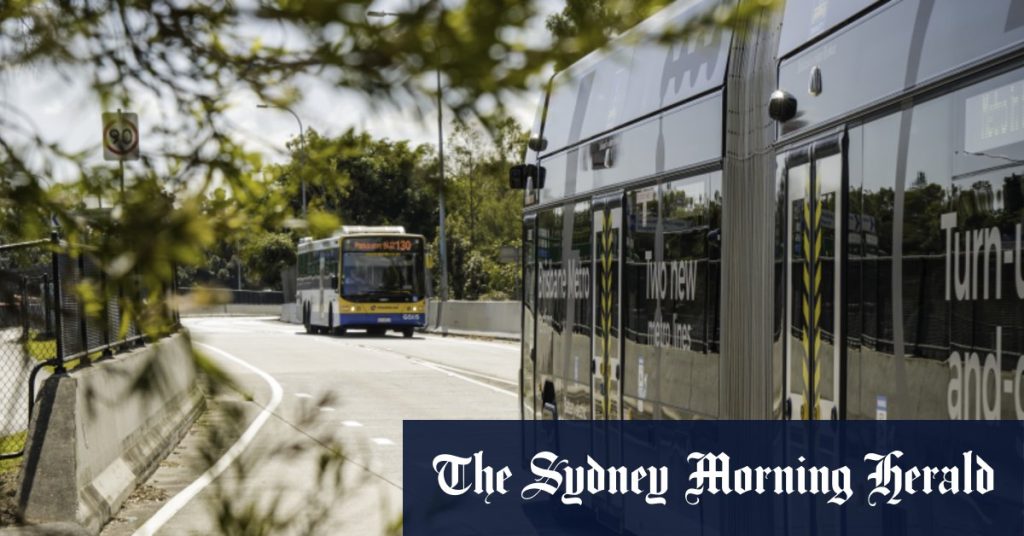The Brisbane City Council has announced changes to several bus routes in the city in an effort to improve reliability and efficiency in the public transport network. These changes include splitting three routes that cross the city between the western and northern suburbs and merging three pairs of routes. Additionally, three routes with low customer demand will be cut entirely, while more bus passengers will have to transfer between services. The goal of these changes is to reduce congestion and improve the overall experience for bus passengers in the city.
David Crisafulli, a long-time supporter of the Brisbane Metro project, expressed excitement at the opportunity to work with the new government to make long-overdue improvements to Brisbane’s public transport network. The changes to the bus routes are part of these efforts to modernize and streamline the city’s public transport system. By splitting and merging routes, the council aims to improve reliability and reduce congestion, particularly in the CBD and at the Cultural Centre.
One of the changes includes fewer buses traveling over the Victoria Bridge, which is expected to help alleviate congestion in the area. Bus stops in the CBD will also be relocated, and peak-hour services will see routes running along Elizabeth Street, Edward Street, and Alice Street in both directions. These adjustments aim to make bus services more efficient and effective for commuters traveling to and from the city.
While some routes with low customer demand are being cut entirely, this move is likely intended to reallocate resources to more high-demand routes and services. By encouraging more transfers between buses, the council could potentially increase the frequency and efficiency of services on popular routes. This strategic realignment of bus routes is part of a broader effort to improve public transport in Brisbane and provide a more reliable and convenient experience for passengers.
Overall, the changes to Brisbane’s bus routes reflect a proactive approach to improving the city’s public transport network. By focusing on increasing reliability, reducing congestion, and reallocating resources to high-demand routes, the council aims to enhance the overall experience for bus passengers in Brisbane. With the support of key stakeholders like David Crisafulli and a commitment to working with the new government, the city is poised to make significant improvements to its public transport system in the coming years. These changes represent a step forward in modernizing Brisbane’s transport infrastructure and ensuring it meets the needs of residents and visitors alike.
In conclusion, the Brisbane City Council’s decision to adjust several bus routes in the city is a positive step towards improving the public transport network. By splitting, merging, and cutting routes based on demand and efficiency, the council aims to increase reliability and reduce congestion for bus passengers. With the support of key advocates like David Crisafulli and a commitment to collaboration with the new government, Brisbane is set to make long-overdue improvements to its public transport system. These changes signal a proactive approach to modernizing the city’s infrastructure and offering a more convenient and reliable service for residents and visitors.













